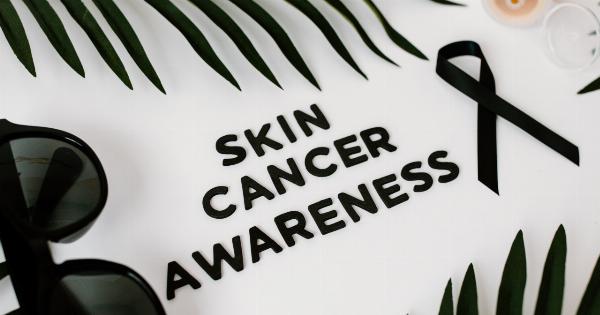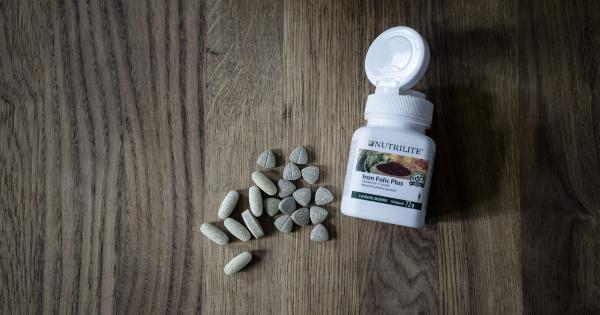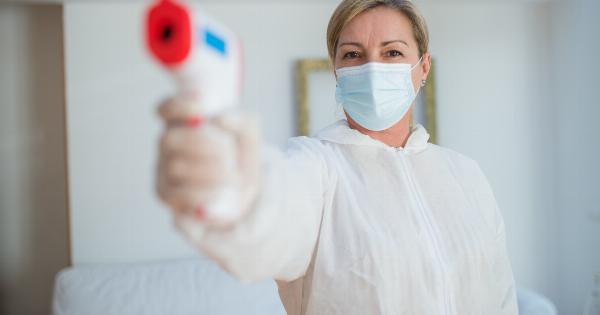Cervical cancer is a significant health concern for women worldwide. It is one of the most common cancers affecting the female reproductive system.
However, through early detection and regular screening, the mortality rate from cervical cancer has significantly decreased in recent years. While cervical cancer screening is crucial for the early detection of precancerous or cancerous cells in younger women, there are questions about the age limit for screening.
In this article, we will explore the guidelines, benefits, and potential risks associated with cervical cancer screening in older women.
The Importance of Cervical Cancer Screening
Cervical cancer screening involves two primary methods: the Pap smear and the HPV test. The Pap smear is a routine test that collects cells from the cervix to examine for any abnormality or precancerous changes.
The HPV test, on the other hand, checks for the presence of human papillomavirus (HPV), a sexually transmitted infection strongly associated with cervical cancer. These tests are vital in detecting cervical abnormalities early on when treatment is most effective.
Age Limit for Cervical Cancer Screening
The age at which cervical cancer screening is recommended differs based on the guidelines provided by various medical organizations.
The American Cancer Society (ACS) suggests that women should start screening at the age of 25 with a primary HPV test alone. This method is preferred over the Pap smear for the initial screening. If the test comes back negative, no further testing is required until the age of 30.
From the age of 30, co-testing with both the Pap smear and the HPV test is recommended every five years. Alternatively, women can opt for the Pap smear alone every three years.
However, the guidelines become slightly more complex as women age.
The United States Preventive Services Task Force (USPSTF) recommends stopping cervical cancer screening at the age of 65 for most women, given they have had adequate prior screening and are not considered high risk. This is because the risk of developing cervical cancer decreases significantly with age, and the potential harm of false-positive results or unnecessary interventions can outweigh the benefits of continued screening.
It is important to note that these guidelines are general recommendations, and individual circumstances may warrant a different approach.
Qualifying high-risk factors, such as a history of cervical cancer, exposure to diethylstilbestrol (DES) in utero, or a weakened immune system, may require ongoing screening regardless of age.
Benefits of Continued Screening in Older Women
While the risk of cervical cancer decreases with age, there are still potential benefits to continued screening in older women. Cancer cells can develop at any age, and some individuals may not have had regular screening in their younger years.
Therefore, periodic screening in later life can help identify potential abnormalities that were missed or have developed since prior screening.
Additionally, women who have been exposed to HPV due to new sexual partners in their senior years may still benefit from screening.
HPV is an important risk factor for the development of cervical cancer, and its presence can be detected through screening tests.
Risks and Considerations for Older Women
While cervical cancer screening is generally safe, older women may be more susceptible to certain risks associated with the screening process. False-positive results can lead to unnecessary interventions, such as colposcopies or biopsies.
These procedures come with their own set of risks, including discomfort, bleeding, and potential infections.
Moreover, age-related changes in the cervix can sometimes result in false-positive or unclear test results. The cervix may undergo natural atrophy, which can lead to cell changes that resemble precancerous or cancerous cells.
This can cause unnecessary anxiety and additional follow-up tests or treatments.
Additionally, some older women may have comorbidities or other health issues that could affect their ability to undergo invasive procedures safely.
It is important for healthcare providers to consider individual circumstances, overall health, and life expectancy when discussing the need for cervical cancer screening in older women.
Communication and Informed Decision-Making
The decision to continue cervical cancer screening in older women should be made through informed discussions between patients and their healthcare providers.
Clear communication about the potential benefits, risks, and limitations of screening is vital.
Women should be educated about the guidelines from reputable organizations, such as the ACS and USPSTF, to empower them to make informed decisions about their health.
Open discussions should address concerns, individual risk factors, and personal preferences to determine the most appropriate course of action.
Conclusion: Age is Not the Only Factor
While there is an age limit for routine cervical cancer screening, age alone should not be the sole determining factor in discontinuing or continuing screening. Individual health, risk factors, and personal preferences should be taken into account.
The decision to stop screening in older women should be based on a thorough evaluation of the potential benefits versus the potential harms.
Regular cervical cancer screening plays a crucial role in the early detection and prevention of cervical cancer. However, once an individual reaches a certain age, the balance shifts, and the potential harm may outweigh the benefits.
Healthcare providers should engage in thoughtful discussions with older women to ensure they make well-informed decisions regarding cervical cancer screening.































